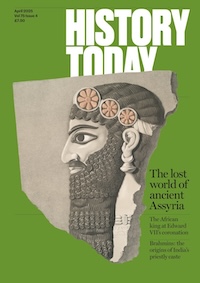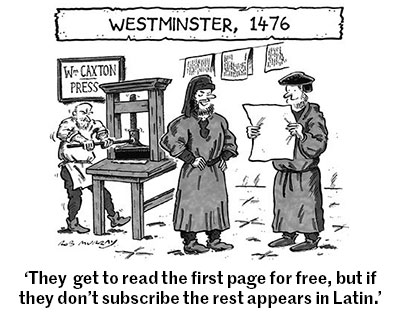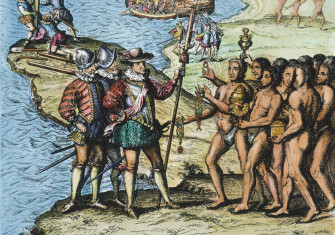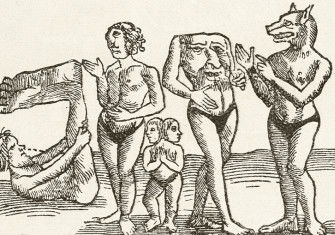Restoring Canada’s First Nations
Canada’s attempts to ‘assimilate’ its Indigenous population following the Indian Act of 1876 have been described as cultural genocide.

Documenting the effects of the Indian residential school system (governmental boarding schools for indigenous children), the Truth and Reconciliation Commission of Canada (2015) recently defined reconciliation as ‘establishing and maintaining a mutually respectful relationship between Aboriginal and non-Aboriginal peoples’. The Commission determined that this is a relationship that Canada does not presently have. The country is at an important moment in its relationship with First Nations. It is beginning to acknowledge its own colonial history and there is discussion of how reconciliation might be achieved. The context of why reconciliation is needed relates to dark aspects of Canadian history, which linger on today.







